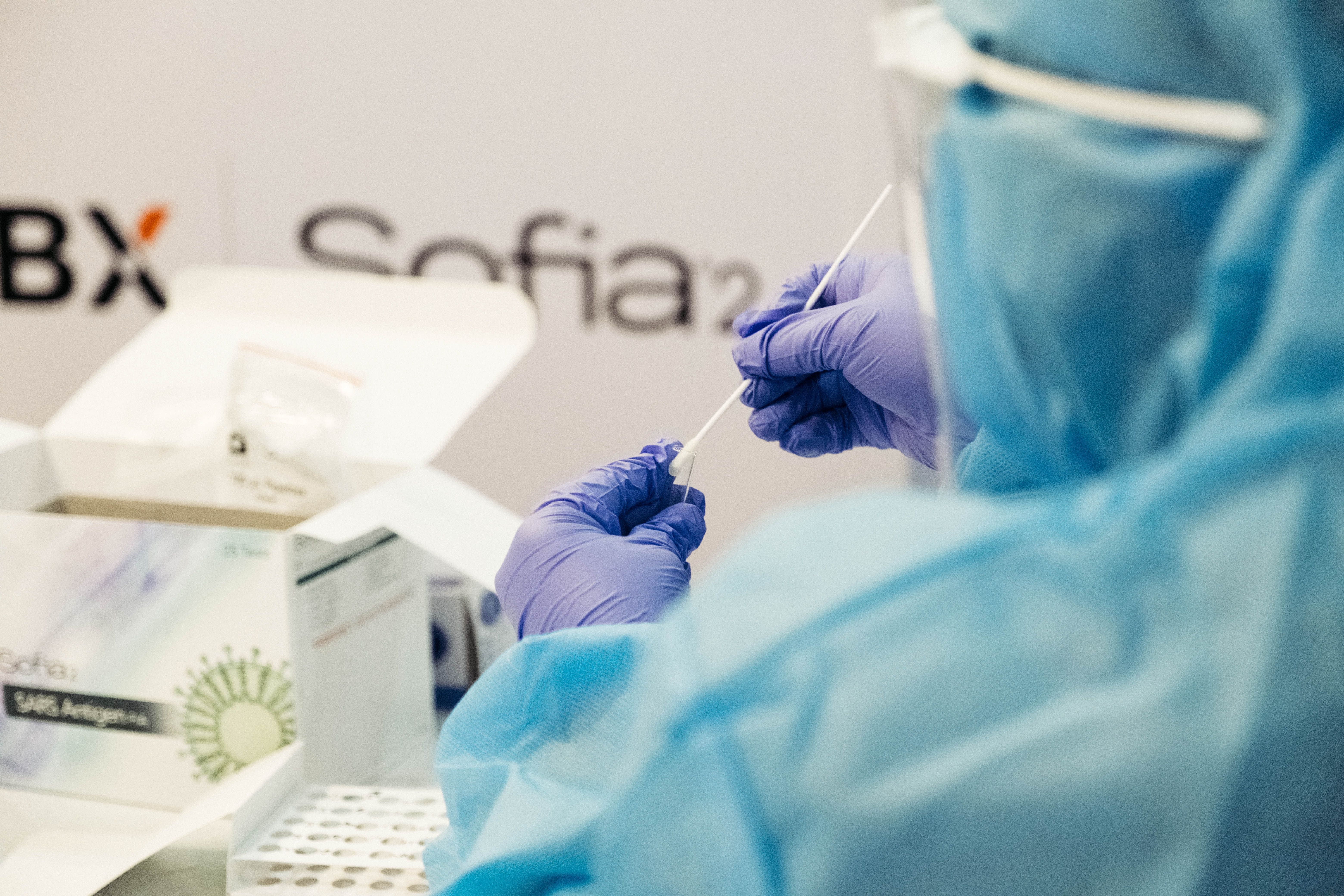Multiplex PCR Panel Provides Faster, Accurate Lower Respiratory Tract Infection Diagnosis
A new multicenter study confirms earlier findings that the panel performs well against the more time-intensive quantitative bacterial culture.

A new multiplex polymerase chain reaction (PCR) panel was able to match the performance of quantitative bacterial culture and provide greater specificity, according to a new study.
The findings raise the possibility for significantly faster, and more accurate, diagnosis of lower respiratory tract infections (LRTIs). The report was published in the Journal of Clinical Microbiology.
Corresponding author Matthew D. Sims, MD, PhD, of Beaumont Hospital, in Michigan, and colleagues, wrote that quantitative bacterial culture of bronchoalveolar lavage (BAL) fluids is a lengthy process, and its sensitivity is relatively low, particularly when the patient has had prior antimicrobial therapy. As a result, many patients are empirically prescribed broad-spectrum antibiotics, a problem that contributes to antibiotic resistance. The investigators said an improvement in testing could lead to a significant improvement in patient care.
“Early diagnosis and proper choice of antimicrobials are crucial for successful management of pneumonia,” they wrote.
The new panel, called the Unyvero LRT BAL leverages molecular diagnostics and bioinformatics to detect 19 bacteria, 10 antibiotic resistance markers, and the fungus Pneumocystis jirovecii in BAL samples in roughly 4.5 hours.
An earlier study found the panel performed well compared to quantitative bacterial culture in a study of 175 specimens. This new study was designed to verify those results, using 1400 patient samples from 11 clinical trial sites.
The majority of the samples (1016) were collected prospectively within 24 hours of arrival at 9 US hospitals. Another 392 archived specimens were also included in the study. The samples were collected between 2015 and 2018 at 2 additional US hospitals.
The investigators found an overall positive percent agreement (PPA) between the Unyvero panel and BAL culture of 93.4%, and a negative percent agreement (NPA) of 98.3.
For P. jirovecii, the investigators found a 100% (5/5) PPA and a 99% (99/100) NPA. That’s a particularly meaningful result, they wrote, because P. jirovecii pneumonia is often not considered as a potential diagnosis; they said the Unyvero panel is the only US Food and Drug Administration (FDA) approved panel to offer such testing, and therefore might allow for more comprehensive diagnosis of this particular type of pneumonia.
The study also was better able to detect numerous other clinically relevant pathogens in a rapid manner, which Sims and colleagues said could make it easier for physicians to choose the appropriate therapies and antibiotics, allowing them to better align with antibiotic stewardship goals.
In a press release, Faranak Atrzadeh, MA, chief marketing and scientific affairs officer of the panel’s developer, OpGen Inc., said microbiological confirmation of severe pneumonia is “a crucial step” for tailoring antibiotic therapy.
“Unyvero LRT panels are culture-independent and provide the speed and sensitivity that may achieve more reliable identification of causative agents than culture, allowing clinicians to make more informed decisions about antibiotics use,” she said.
In terms of antibiotic resistance, the authors compared the panel’s antibiotic resistance marker results to standard antibiotic susceptibility testing and found positive predictive values of 80-100%, depending on the particular microorganism and specific resistance marker.
The FDA approved the Unyvero LRT panel for use with BAL samples back in January.
